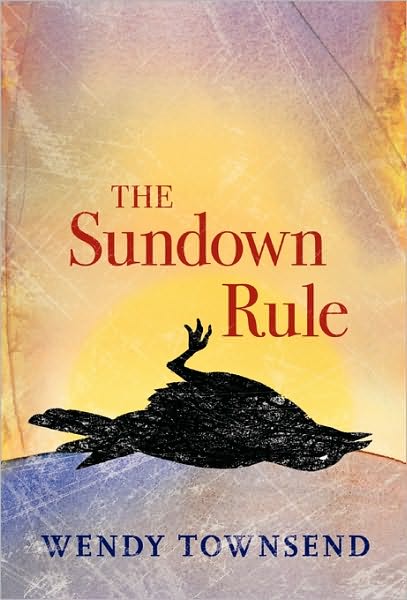
 Wendy Townsend's (Lizard Love) heartfelt story about a girl who feels most at home in nature will make even hardcore city dwellers wake up to the wonders of the natural world. As 12-year-old Louise Eliot describes daily life with her father near Michigan's Marl Lake, she leads us into the realm of experience with all five senses: the smell of coffee grounds that she leaves in the compost pile at the edge of the woods; the sounds of the scout crow when it discovers the cornbread the girl has set aside for the birds; the feel of the cool spring morning before Lews, as her father calls her, adds fuel to the woodstove that heats their cabin. Louise loves her life so much that she can't bear to think of going away to college one day. When her constant companion, Cash, her cat as "black as the crows" (but "dark chocolate" in the sunlight), brings Louise a dead mouse, she simply adds it to the compost pile. She accepts the ways of nature without judgment as she aids a heron whose leg has been injured by a snapping turtle. Louise takes in so many wild animals that her park ranger father had to implement "the sundown rule": Louise must set free every animal where she'd found him by sundown. Louise's world seems perfectly in balance.
Wendy Townsend's (Lizard Love) heartfelt story about a girl who feels most at home in nature will make even hardcore city dwellers wake up to the wonders of the natural world. As 12-year-old Louise Eliot describes daily life with her father near Michigan's Marl Lake, she leads us into the realm of experience with all five senses: the smell of coffee grounds that she leaves in the compost pile at the edge of the woods; the sounds of the scout crow when it discovers the cornbread the girl has set aside for the birds; the feel of the cool spring morning before Lews, as her father calls her, adds fuel to the woodstove that heats their cabin. Louise loves her life so much that she can't bear to think of going away to college one day. When her constant companion, Cash, her cat as "black as the crows" (but "dark chocolate" in the sunlight), brings Louise a dead mouse, she simply adds it to the compost pile. She accepts the ways of nature without judgment as she aids a heron whose leg has been injured by a snapping turtle. Louise takes in so many wild animals that her park ranger father had to implement "the sundown rule": Louise must set free every animal where she'd found him by sundown. Louise's world seems perfectly in balance.
But when her father accepts a summer writing assignment with National Geographic, Louise must leave her idyllic world to stay with her highly allergic Aunt Kay and Uncle Jack in the suburbs of Indiana--without Cash. Townsend exploits the juxtaposition of these two ways of life. One of the best moments occurs after Louise goes in search of the creek for which her aunt and uncle's Creekside Court address is named--and rescues an orphaned baby raccoon. Louise takes the raccoon into the house to nurse it back to health, forgetting that Aunt Kay is hosting a luncheon. Aunt Kay is an excellent cook and very kind, but she won't even allow Louise to keep the raccoon until sundown--out to the garage it goes until someone from the Wildlife Rehabilitation Council can take it away. Aunt Kay does, however, introduce Louise to a neighbor girl named Sarah, and the two become fast friends. Sarah introduces Louise to church and offers her friendship. Louise in turn opens up Sarah's eyes to the beauty of nature breaking through corners of the suburbs. A moving subplot develops in which the two explore the spiritual aspect of nature and animals. Louise shows Sarah that a whole civilization lurks beneath a piece of roofing.
A terrible loss prompts Louise to open her heart to Sarah, and a moving conversation about heaven and nature demonstrates the respect that the girls show to one another, whatever their beliefs may be. Jean Craighead George fans will be thrilled to discover Wendy Townsend, a writer with a kindred spirit. --Jennifer M. Brown

